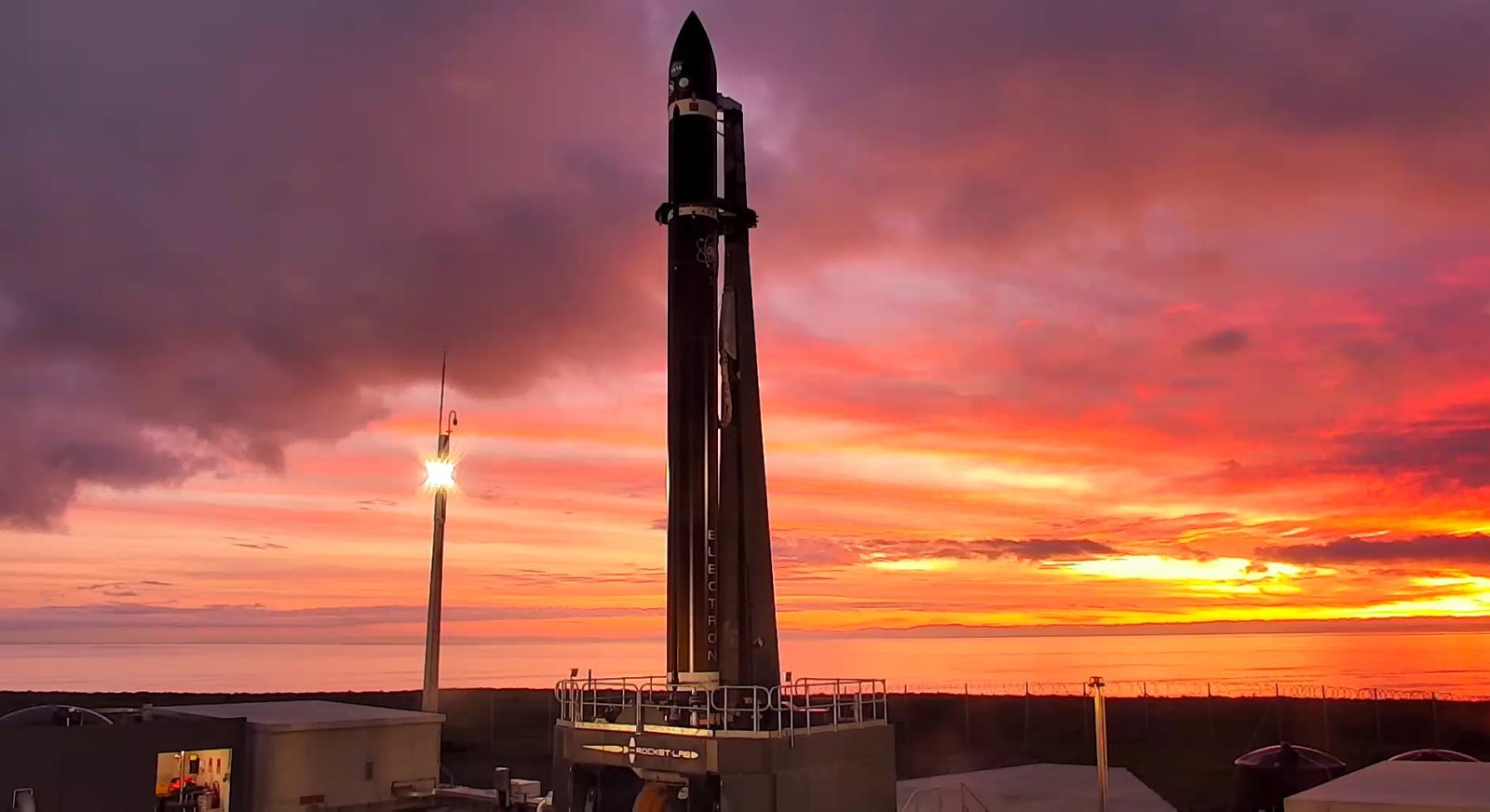
Rocket Lab launched the first Artemis program mission, called CAPSTONE, from its launch site in New Zealand on June 28. Its purpose? Testing out the orbit and procedures for where NASA’s proposed Gateway space station will be.
CAPSTONE is a microwave oven size payload which houses antennas, propulsion, and solar panels and will mimic the much larger Gateway space station. It launched on top of Rocket Lab’s Electron rocket, a small sat launcher about the size of a Falcon 9’s landing leg. This dedicated launcher is perfect for missions like this, giving the payload enough energy to get where it needs to go but without relying on ride sharing with a larger payload.
Attached to CAPSTONE is Rocket Labs Proton kick stage. An optional third stage used to give payloads even more energy for reaching further destinations like the Moon and beyond. Usually Photon will deliver different payloads to different orbits around Earth, but this Photon was an upgraded version with a larger engine. Over the coming days Photon will perform a series of burns to to raise CAPSTONE’s orbit with the final burning boosting it all the way to the Moon.
CAPSTONE’s launch went off without a hitch, minus a few delays for weather and further testing, but when the day came Electron performed beautifully. This was the heaviest mission Rocket has ever launched so the first stage was not recovered and did not fly with any recovery hardware on it.
Rocket Lab planned to conduct this launch from its LC-2 site on Wallops Island, Virginia. This would have been the company’s first launch from the US soil, however, NASA was not able to verify Electron’s automated flight termination system in time so the launch had to be moved to New Zealand. This was instead the second launch to take place from Rocket Lab’s LC-1B pad adjacent from Pad A.
CAPSTONE mission objectives
The main mission for CAPSTONE is to be the first spacecraft to enter the near rectilinear halo orbit, an extremely efficient orbit that doesn’t need a lot of extra fuel to stay there. It also has the perk of never leaving visual line of site of Earth, something that happened every orbit for Apollo missions. CAPSTONE will validate models which will be used when preparing the orbit for Artemis’ Gateway space station which will be home for astronauts going to and from the lunar surface.
CAPSTONE will also test a new way to determine its position in orbit. Instead of relying on communications with ground radar, the spacecraft will communicate with NASA’s Lunar Reconnaissance Orbiter. This will allow CAPSTONE to know where it is in its orbit without the need for controllers on Earth to communicate directly with it. This a brand new technology that could change how missions communicate with controllers in the future.
This is the first mission for NASA’s Artemis program. While everyone is focused on the first launch of the Space Launch System, this mission is very important. Stay tuned for more updates over the coming days and month as CAPSTONE makes its journey to the Moon.
Featured Image: Rocket Lab
FTC: We use income earning auto affiliate links. More.




Comments